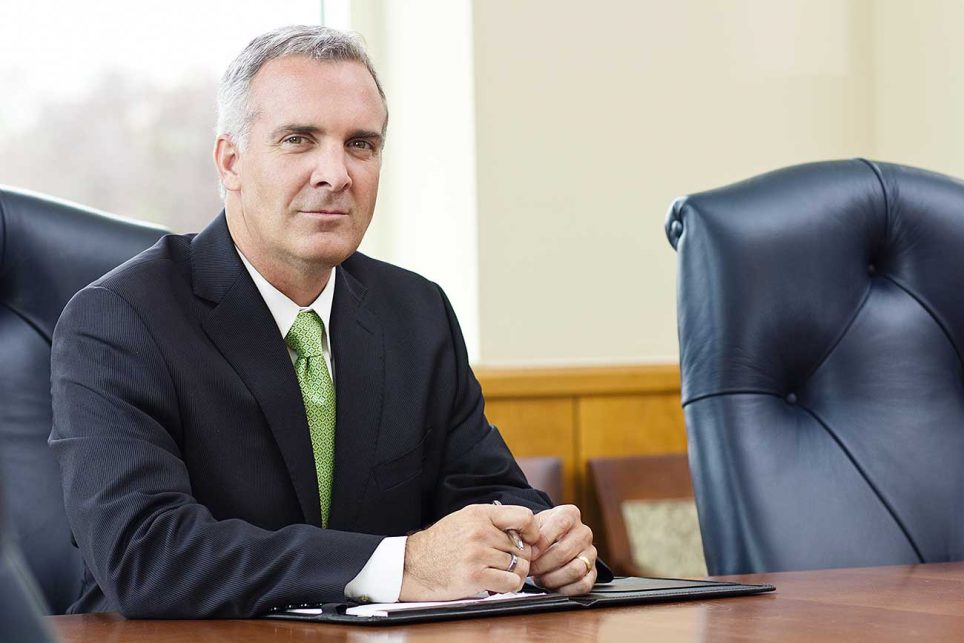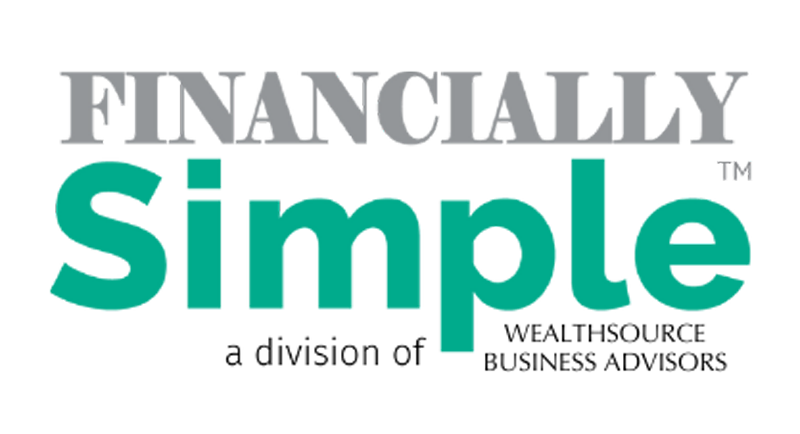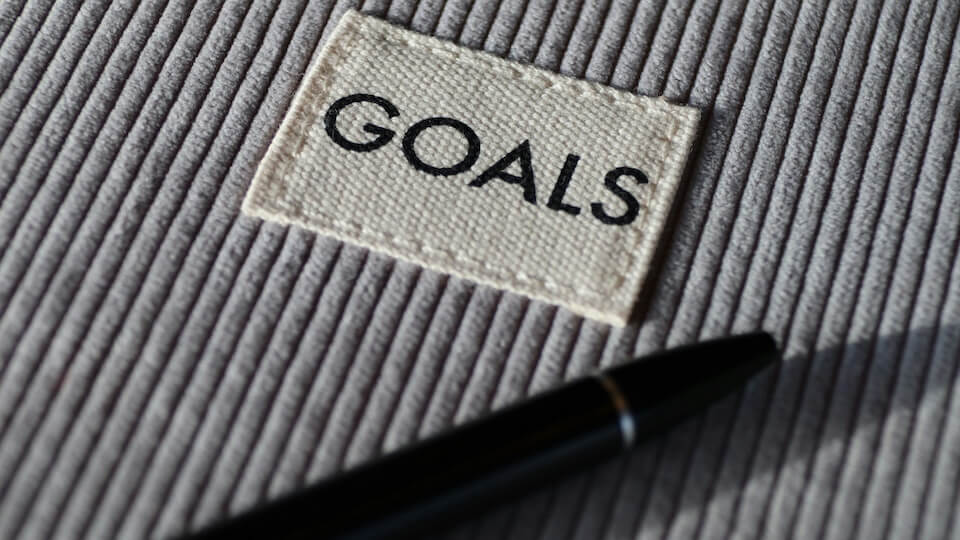
Caution: Don’t Quit Working On Your Business
September 22, 2020
10 Ways to Regain Control of Your Dental Practice Using Strategic Planning
September 29, 20207 Basic Steps to Financial Independence for a Small Business Owner

I have been a business owner for many years. During this time certain questions are constantly on my mind: how do I take control of my future, am I on track for retirement?
And I am not alone. These are questions often asked by small business owners, often to me as a CERTIFIED FINANCIAL PLANNER®. This is the list of seven critical steps to financial independence that I give my clients.
Step 1. Determine Your Current Financial Assets
For you to know where you are now and determine where you might be in the future, you will need to gather all your checking account statements, investment statements, latest tax returns, business documents including profit and loss statements, insurance documents, spending history loan documents, and current estate documents. Use these documents to look at where you are now and likely to be in the future.
Your net worth statement generated cash flow, and income projections all can be determined from these documents.
As a business owner, you can use tools to create these helpful documents: Microsoft Money, Mvelopes, Intuit’s Mint, or Quickbooks
.
Step 2. Set Goals for Financial Independence
Every business owner should be determined to save and calculate how much in extra savings they need to achieve their financial independence and retirement goals. To identify the target savings for you to meet these goals, there are a variety of online calculators that can help you achieve that. But keep in mind you need to be very careful with online calculators because there are assumptions used in their calculators that can significantly impact the results you will get.
Another way to determine a target number is to make use of a 4% withdrawal rate in your retirement plan. The 4% rule is not a bad indicator to determine your preparedness for your financial independence.
For example, if you are a business owner with a $3 million dollar investment portfolio, you can create a $120,000 income stream increasing yearly with inflation before taxes. With this rate, your portfolio should be able to last for about 30 years or even longer without you running out of money. Apart from your retirement goal, you also need to identify other goals to increase the required amount. Other examples of these goals can include: owning vacation properties, paying college for kids or grandchildren, giving to charitable intentions, and traveling.
Step 3. Determine the Difference
The next step is to determine the difference between your projected expenses and your expected income in retirement, then plan to fill in the gaps.
Step 4. Maximize Your Savings
As a business owner, you have a number of ways to help build your savings. You should, therefore, maximize your retirement plans. Contribute to an IRA, Roth, 401k, Solo-k, 457, 403b, or Non-Deductible IRA. Other possibilities may include you using 529 College Savings Accounts, Health Savings accounts, or building taxable savings accounts.
RELATED ARTICLE: Business Retirement Plans – a Comprehensive Comparison
Work with your Financial Advisor to possibly build a defined benefit plan that allows for higher contributions especially if you need to make up ground on your retirement savings.
Depending on the plan, up to $54,000 can be contributed if you are under age 50. If you are over 50 then $61,000 is the maximum per year you are allowed to put into these accounts.
Step 5. Review Your Insurance
From my experience, I have seen business owners typically have huge gaps in their business or personal insurance programs. Resolve to perform a total review of your insurance program with your insurance agent to evaluate your insurance risk.
Determine the success of your disability insurance, life insurance, long-term саrе іnѕurаnсе, рrореrtу аnd саѕuаltу іnѕurаnсе, business insurance, and health insurance etc. Shop around and verify that you are actually receiving the best value-for-the-premium-dollars you are spending and make sure to carry out the appropriate implementation.
Step 6. Do Some Basic Business Planning
Develop a marketing plan and a business plan, then run your business like a real businessman. Put measures in place to monitor your progress and readjust as needed.
You might want to consider:
- Profit
- Clients satisfaction
- Acquiring new clients
- Employee satisfaction
- Expenses
- etc.
Areas to look at for:
- Are you in need of marketing help?
- Does your business need to focus and develop a niche?
- Do you have the right systems in place to manage your business?
- Do you need to improve clients retention?
- Review of your premium insurance to improve value for your money
- Investigate to determine that you have costs of maintaining your retirement plans
- Do you have a good working team?
- Do you have a good location?
- Is there an exit strategy in place for your business?
- Do you have a buy or sell agreement or plans to bring in future buyers?
- Are you using the right tools and outsourcing to improve profitability?
- Are you maximizing all deductions available to the business?
- Do you have plans should in case a key employee or you die/become disabled?
- Are you considering a building for your business instead of paying rent?
The whole essence of this is to achieve your financial goals and maximize the amount you take out of the business while providing the necessary investment back into the business.
Step 7. Other Areas of Your Plan to Consider
This is the last and seventh step of Seven Steps to Financial Independence. Planning cash flow can at times be a difficult task. However, having a clearer picture of expenses now and in the future can ensure a successful retirement. Therefore, you need to be able to determine your personal income needs and cash flow.
- Use the pay yourself first tactics to help jump-start your retirement savings.
- Manage and review all personal and business debt. Don’t overlook this aspect
- Use the right strategies to increase your net worth and avoid consumer debt.
- Determine if your investment strategies include maximizing return, preserving capital and risk balancing.
- Explore and take advantage of all available opportunities and conduct a tax planning review.
- Have a plan in place to pay for your children’s college education by utilizing pre-tax dollars to pay their college fees.
- Review and ensure appropriate estate planning documents are intact.
With the right planning in place, a business owner can take care of their finance, their families, and their retirement. There is no shortcut to success except you put in the time and effort needed for you to achieve your goals. Take total control of your financial life!
Some of these aspects will be easy to put in place. Others will be difficult or impossible. Take heart knowing that, with help, you can get these Seven Steps in place and be on the road to retirement.
And we are here to help with any or every aspect of this planning. Let’s talk.




